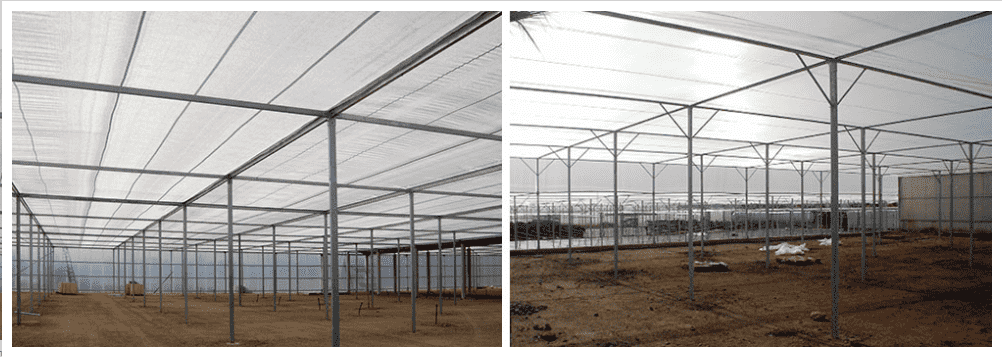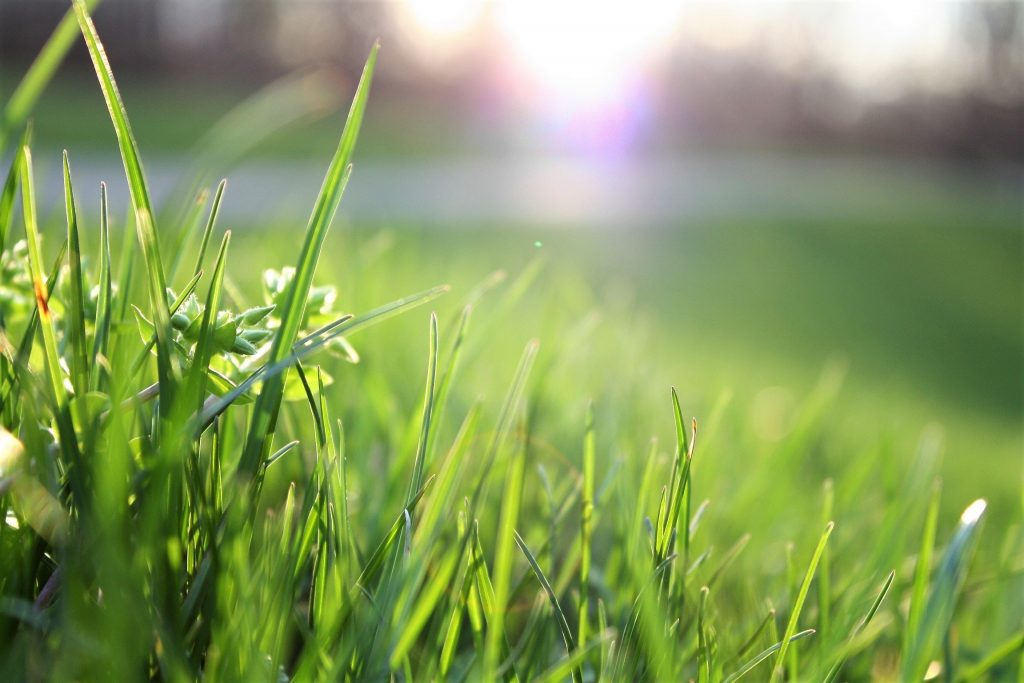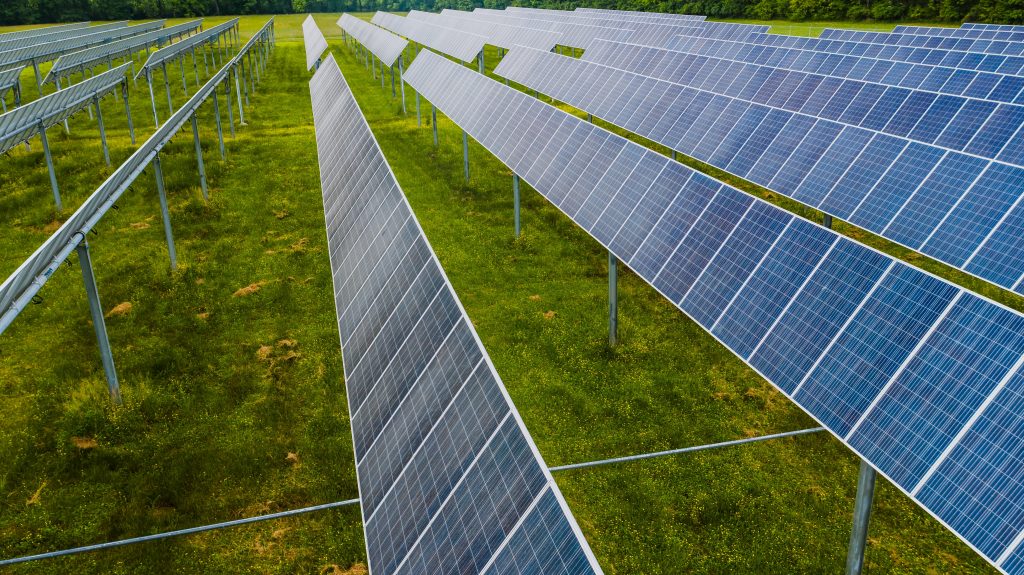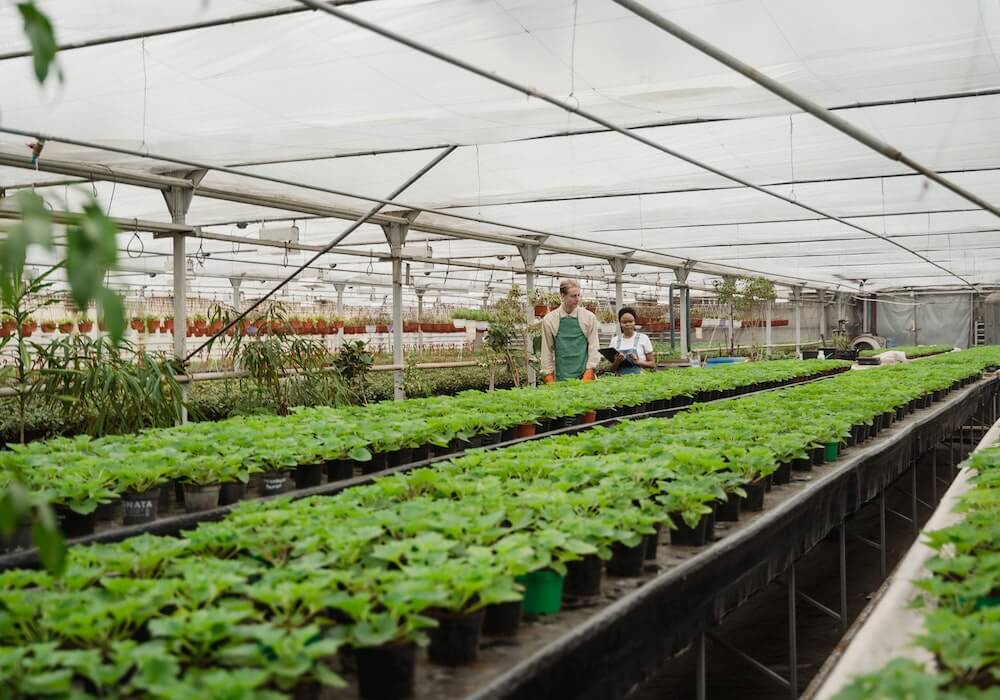Greenhouses date back to the historic Roman times when Roman gardeners used artificial environments to grow cucumber all year round. Roofing designs have remained a crucial factor over the years, with many new inventions suiting different conditions and plants. If it is your first time constructing a greenhouse, you might wonder, can a greenhouse have a flat roof?
Yes, a greenhouse can have a flat roof, which is a typical roof design for a flat-roof greenhouse. A flat-roof greenhouse maximizes the exposure of plants to the outdoor environment while providing shade. But, there are enough reasons why these greenhouses are not common.
Some disadvantages of a flat roof are heating and poor drainage, which causes roof leakages.
Can a Greenhouse Have a Flat Roof?

Yes, a greenhouse can have a flat roof. While it allows proper light transmission, you may need to adjust your roof along the way. When it rains, water collects on your greenhouse’s flat roof. If you must have a flat roof greenhouse, then ensure you install a curved one for easy water flow.
Also, people in storm-prone areas do not like flat-roof greenhouses for obvious reasons. Flat roofs are more vulnerable to destruction by heavy storms. If you still choose a flat roof when living in such areas, you need to add reinforcement to your flat roof. At the same time, you must invest in regular maintenance to make the system less susceptible to damage.
Factors to Consider When Choosing a Greenhouse Roof Type
There are several factors to examine before deciding the shape of the roof your greenhouse should have. They include lighting, weather conditions, precipitation, and solar panel installation. But, the big question is- can a greenhouse have a flat roof?
I will give an extensive answer to this question as I proceed. But before that, I will talk about important aspects that should guide your choice of a greenhouse roof.
1. Heat

Sun is the major source of heat for many greenhouses. Therefore, the roof design of your greenhouse should be able to receive adequate lighting for the better part of the day. The sun must be directly overhead for maximum heating and lighting in a flat roof design.
This results in your greenhouse getting insufficient heat in the daytime that cannot sustain it at night.
2. Weather conditions
Weather is a crucial factor to consider when selecting a greenhouse roof. A greenhouse in places where heavy snow falls often should be strong and have a pointed roof shape. This roof shape positively sheds off snow and limits the possibility of a greenhouse collapse or caving due to the overweight.
Having a flat roof in this case would definitely be an imprudent idea.
3. Better drainage
Rainfall eventuates in almost every area in the world. When designing a greenhouse, the roof shape should be able to shed off rainwater without stagnating. The rainwater is harvested for irrigation, a common practice in multi-span greenhouses.
You might wonder, can flat roof of greenhouse keep rain off? A flat roof can keep the rain off, but shedding the rainwater is slow, which encourages leakages and caving.
4. Solar installation

Most greenhouses use solar panels energy for warming and lighting during the night. With a flat-roof shape, it is hard for these panels to gather enough energy during the day. For a better installation of solar panels, your roof shape should be inclined, like the A-frame shape in a standard-built greenhouse.
Before opting for a flat roof greenhouse, always consider the above aspects. You do not want to end up in a mess after investing heavily in a good greenhouse. If the conditions you live under do not allow you to have a flat roof, forego it for your convenience and peace of mind.
Common Greenhouse Varieties and Their Roof Types
There are several greenhouse roof systems in the world today. They include glass, polycarbonate, polyethylene, and fiberglass, to name just a few. However, they depend on the shapes of the frames to provide cover and protection. I have gathered six common greenhouses with their roof shapes and advantages in the table below.
| Name | Roof shape | Advantages | Disadvantages |
| Quonset greenhouse | Tunnel shape | 1. Built using a variety of materials 2. Light comes in from every side 3. Have roll-up sides to aid in ventilation | 1. Easily destroyable by snow 2. Strong winds can be a problem 3. Some materials like arched glass are expensive |
| Gothic Arch greenhouse | Sharp roof tunnel shape | 1. Snow doesn’t build up on these roofs 2. Built with reinforced purlins which makes them stronger 3. Some have center support poles which are best for supporting snow weight. | 1. More expensive than the Quonset tunnel. |
| Standard-built greenhouse | A-frame shape | 1. Since it is shaped like a house, old houses can be used to construct one 2. Very strong against winds 3. Easy to insulate and ventilate | 1. Not recommendable for cold weather 2. Commonly used materials are prone to rot; the most common is wood |
| Multi-span greenhouse | Multiple tunnels | 1. Best for commercial greenhouses 2. Ample space to grow a variety of plants 3. Irrigation water from the gutter. | 1. Prone to leakages 2. Expensive 3. Only suitable for commercial operations |
| Geodesic Dome greenhouse | Dome shape | 1. Structural strength 2. Shed wind and snow easily 3. Attractive and can be used for living | 1. Expensive to build 2. Only best for personal gardens, |
| Solar greenhouse | One pointed edge | 1. Best for colder areas 2. Better sun heat storage for use at night |
FAQ
More and more roof shapes are available in the markets every day. With every new roof design comes a new question, either on their advantages or disadvantages. I have researched the most frequently asked questions and provided the most credible answers.
Does A Greenhouse Have To Have A Clear Roof?
A greenhouse roof can be constructed using either clear or opaque material. The plant type and species you intend to grow in the greenhouse determine which ones you should use.
The clear roofs are perfect for cultivating seedlings and provide high humidity that favors various species of plants. Opaque greenhouse roofing works best with maturing plants which require a more controlled environment to grow.
What Is The Best Roofing For A Greenhouse?
Despite the market flooding with new roofing materials, glass remains the most recommendable roofing material for a greenhouse. It is one of the traditional roofing materials used for home garden greenhouses and commercial greenhouses.
Some advantages of glass as a roofing material are that it is light, transparent, and long-lasting. Some of the alternatives for glass that I recommend are polycarbonate, fiberglass, and polyethylene.
Is Polycarbonate Roofing Good For Greenhouses?
Polycarbonate is a good roofing material and has a lot of advantages to the grower and the plants. A polycarbonate greenhouse is easy to set up and costs less because most of the setting work is a DIY project.
Plants in a Polycarbonate roof greenhouse receive diffused sunlight because the polycarbonate material blocks damaging UV light.
Conclusion
Despite greenhouses dating back many centuries ago, greenhouse owners still wonder about which types and designs to use. Each type has its advantages, with some working better for certain species of plants than others. To determine which works best for your case, you should evaluate the factors I have listed for you.
A flat roof can be used in greenhouses, which answers the question, can a greenhouse have a flat roof? The flat roof design has several advantages and disadvantages that you should consider before going for one. Nevertheless, there are better alternatives you can use in case the flat roof doesn’t work for your case.

